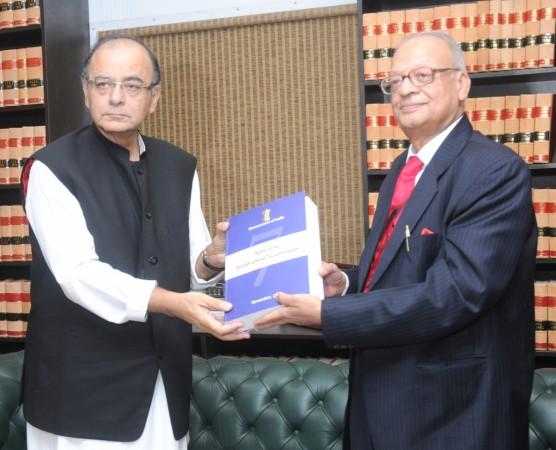
Speculation is rife that the Modi government may take a decision this week on raising allowances of Central government employees in accordance with the recommendations of 7th Central Pay Commission (CPC) and the Ashok Lavasa committee's observations.
The Ashok Lavasa, constituted last year, to study the CPC's recommendations on allowances, submitted its report on April 28 this year. The panel, headed by finance secretary Ashok Lavasa, had suggested changes in case of some allowances.
"Modifications have been suggested in some allowances which are applicable universally to all central government employees as well as certain other allowances which apply to specific employee categories such as railwaymen, postal employees, scientists, defence forces personnel, doctors, nurses, etc.," the finance ministry had said in a statement last month.
The CPC examined 196 existing allowances after which it recommended abolition of 51 and subsuming 37 others with the existing ones. The recommendations of the CPC cover about 47 lakh Central government employees and 53 lakh pensioners.
On HRA, the pay panel had said, "...the Commission recommends that HRA should be rationalised to 24 percent, 16 percent and 8 percent of the Basic Pay for Class X, Y and Z cities respectively."
"The Commission also recommends that the rate of HRA will be revised to 27 percent, 18 percent and 9 percent when DA crosses 50 percent, and further revised to 30 percent, 20 percent and 10 percent when DA crosses 100 percent," it added.
A city or town with a population of less than 5 lakh is categorised as "Z", while the threshold is 5 to less than 50 lakh for "Y". Cities with a population of 50 lakh or above are classified as "X".
Employees have demanded a hike of 30 percent, 20 percent and 10 percent, respectively, as against the CPC's recommendations.
If the HRA is hiked in accordance with the CPC's recommendations, the additional financial implication on the government exchequer will be Rs 17,200 crore.


















